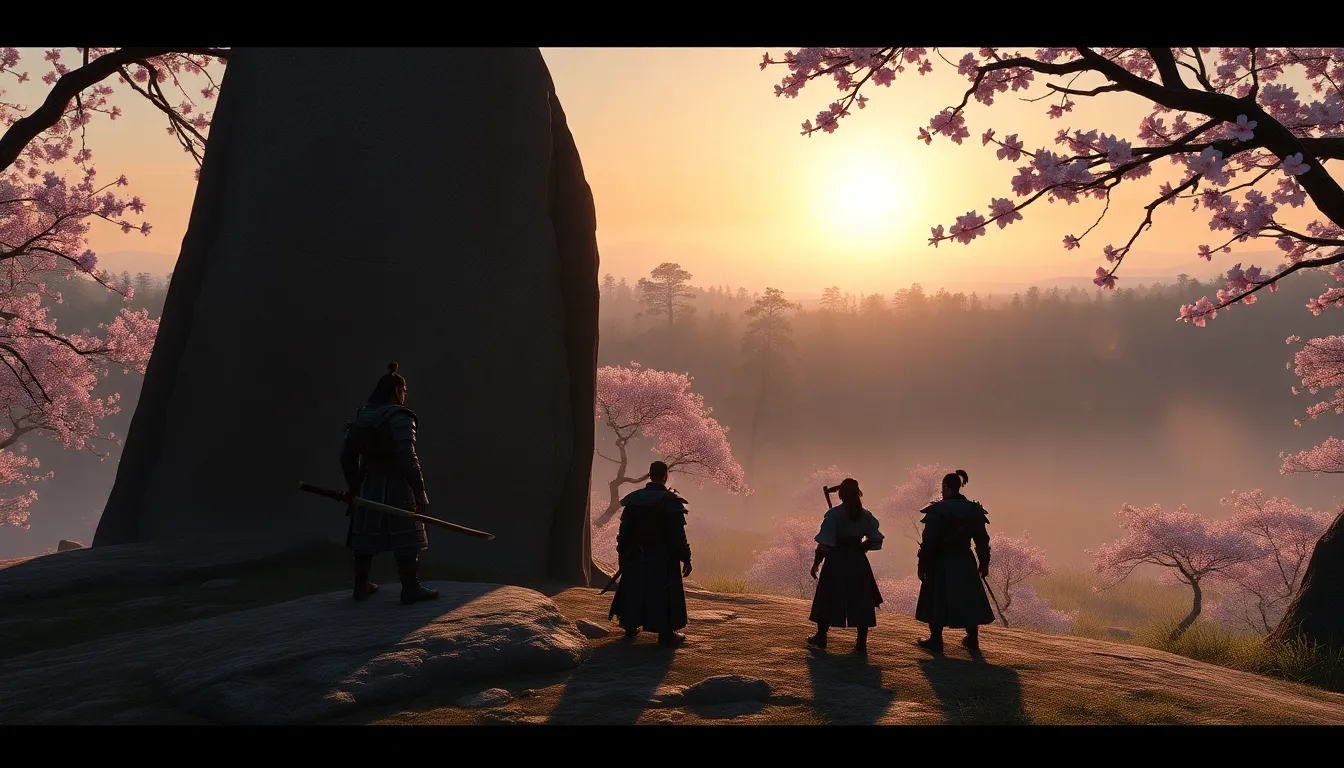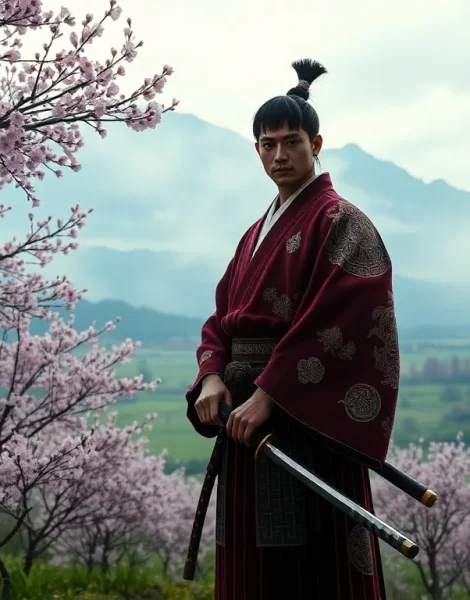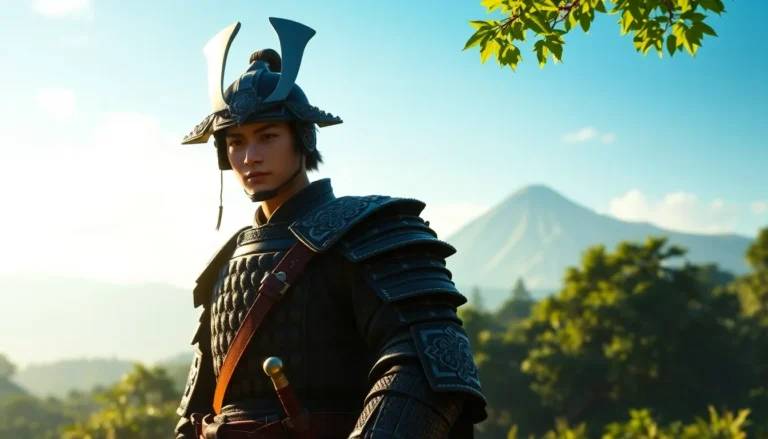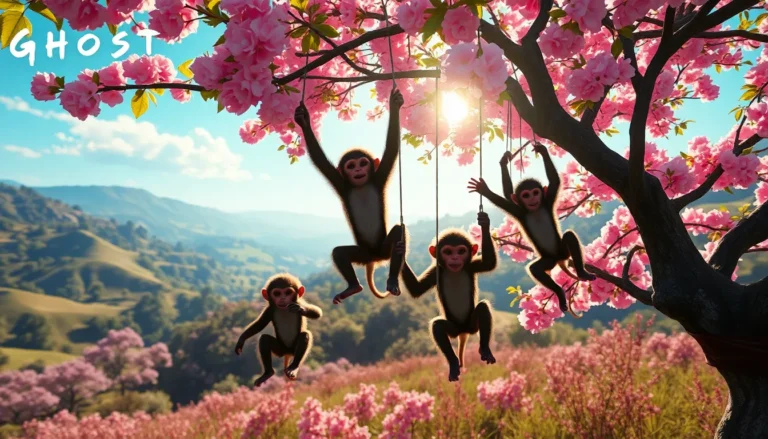Imagine being transported to feudal Japan, where the art of samurai meets breathtaking landscapes and epic battles against Mongol invaders. Welcome to the world of “Ghost of Tsushima,” a game that has captivated players and critics alike. While it’s easy to get lost in the stunning visuals and gripping narrative, there’s a deeper connection awaiting discovery. In this text, we’ll jump into the essence of this acclaimed title, exploring its cultural significance, gaming impact, and even its inspirations. Hold onto your swords, because it’s time to uncover the secrets behind the magic of Tsushima.
Table of Contents
ToggleOverview of Ghost of Tsushima

Plot Summary and Setting
Released in July 2020, “Ghost of Tsushima” transports players to Tsushima Island during Japan’s first Mongol invasion in 1274. Players assume the role of Jin Sakai, a samurai warrior struggling to protect his homeland and adapt to the new realities of warfare. This story follows Jin’s transformation as he embraces the shadows to combat the overwhelming Mongol forces, exploring themes of honor, family, and sacrifice.
The lush, open world is inspired by real landscapes, immersing each player in stunning vistas marked by cherry blossoms, foggy forests, and serene beaches. This becomes not just a backdrop, but an integral component of Jin’s journey, as players traverse the environment on horseback, engage in stealth tactics, or engage in traditional sword combat.
Gameplay Mechanics
“Ghost of Tsushima” seamlessly combines a rich narrative with engaging gameplay mechanics. Players can choose their path, whether to honor traditional samurai methods or adapt to new techniques like stealth and guerilla warfare. The combat system is fluid, with players able to master various sword stances, unlock abilities, and craft their own unique combat style.
Also, the game features a dynamic weather system and day-night cycles that affect gameplay. The elements themselves become obstacles and allies, enhancing the immersion with a touch of realism, think rain-soaked battles or moonlit stealth missions.
Cultural Significance
Representation of Japanese History
“Ghost of Tsushima” stands out not just for its gameplay, but for its commitment to representing Japanese history and culture authentically. Writers collaborated with historians to ensure that the depiction of samurai culture, mythologies, and moral dilemmas reflected the era accurately.
Players witness the intricacies of Japanese honor codes, local folklore, and the societal impact of war, crafting an experience that resonates on multiple levels. For many, this game serves as a gateway to understanding Japan’s rich history, further solidified by the respect shown to its traditional art forms, such as calligraphy and ikebana, integrated beautifully into the gameplay.
Impact on Gaming Culture
Critiques and Acclaim
Upon its release, “Ghost of Tsushima” was met with overwhelmingly positive reviews. Critics praised its breathtaking visuals, immersive world, and deep storytelling. Fans celebrated the game for its exploration of complex themes, from identity to resilience, elevating it beyond mere entertainment into a discussion on moral choices in war.
But, no title is without its critiques. Some reviewers noted that while combat is satisfying, certain aspects felt repetitive over time. Yet, for each criticism, players found ample praise in the game’s stunning landscapes and cultural depth.
Community and Modding
The gaming community quickly rallied around “Ghost of Tsushima” upon its release, leading to a vibrant fanbase. Players shared stories, artwork, and game strategies across social media platforms. A particularly exciting development was the rise of modding communities, who began to create alternative experiences within the game itself. From simple cosmetic changes to entirely new missions, modders expanded the game’s life, introducing new content while paying homage to the original.
Crossovers and Inspirations
Other Media Influences
The influence of “Ghost of Tsushima” reaches beyond the gaming realm, inspiring discussions about the portrayal of samurai in film and literature. Works by Akira Kurosawa paved the way for this kind of storytelling. His film, “Seven Samurai,” for instance, embodies themes echoed in Jin’s tale, honor, sacrifice, and the fight against overwhelming odds.
Similar Titles in the Genre
Players have made comparisons between “Ghost of Tsushima” and other open-world titles, such as “The Witcher 3: Wild Hunt” and “Assassin’s Creed Valhalla.” Each title provides a unique look at historical cultures, but what sets Tsushima apart is its genuine respect for the source material and its deep connection to Japanese lore. This creates a level of immersion that feels distinctive, as players navigate the line between myth and history.









